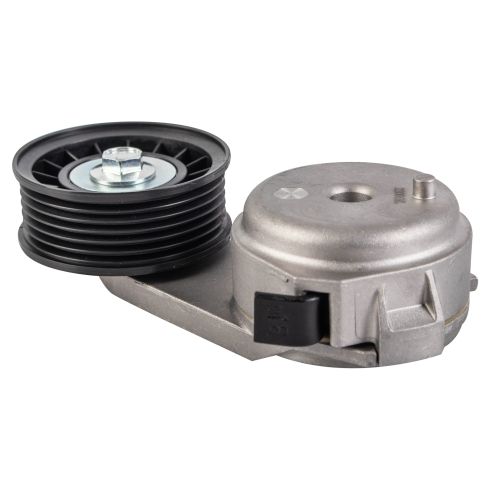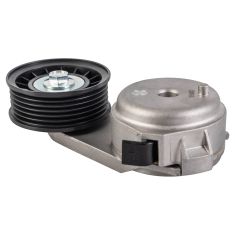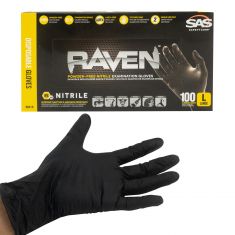1AEBT00164-Ford Mazda Mercury Accessory Drive Belt Tensioner TRQ BPA03812

Replaces
2006 Mercury Mountaineer V6 4.0L Accessory Drive Belt Tensioner TRQ BPA03812

Frequently bought together
Product Reviews
Loading reviews
5.00/ 5.0
3
3 reviews
Fit Perfect
May 29, 2023
Fit Perfect on my 4.0 V6 2004 Ford Ranger XLT
April 8, 2024
Works well! Ordering was easy and best price we could find. Would order again
August 16, 2024
It fit perfectly and easy to install.
Customer Q&A
No questions have been asked about this item.
Mercury is a registered trademark of Ford Motor Company. 1A Auto is not affiliated with or sponsored by Mercury or Ford Motor Company.
See all trademarks.











